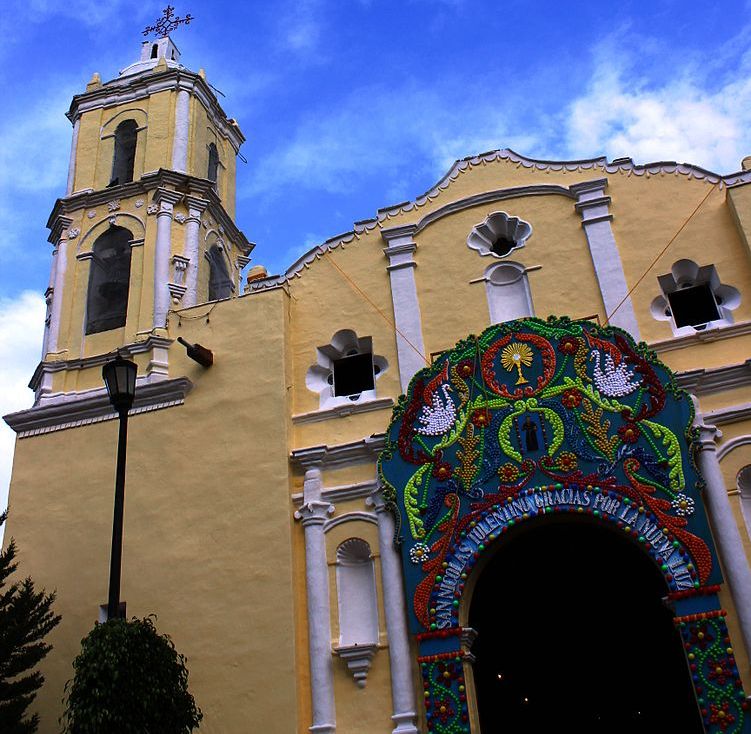
San Nicolás Tetelco is one of the seven pueblos originarios of Tláhuac. A tiny, and very old town, it’s also at the very city-limits in the southeast. In a historical sense, it often has more in common with the towns of Milpa Alta and the Mexico State municipality of Chalco. Tetelco was in fact combined with nearby San Andrés Mixquic through the colonial period.
The name “Tetelco” is of Nahuatl origin. It derives from the words tetelli, “stone-making” with the “place” locative on the end. So it can be translated to something like”place of the piled stones. Older sources also refer to the town as Teteltzinco of the Ahuehuetes, (a tree, Taxodium huegelii), and also as tetelcoatl “where there are snakes.”
According to the oral history narrated by the native inhabitants of this land, the town was originally inhabited by Mixquic people who were punished for committing a crime. They were banished and sent to Tetelco. The area was then made part of the Hacienda de los Ahuehuetes de Santa Fe, sometimes called the Hacienda de Santa Fe Tetelco, by the end of the 17th century. A very few ruins of an original hacienda headquarters can still be seen on the outskirts of the town.
In some part because of the hacienda in the area, and due the Reform Laws of the mid-19th century, the town also played a significant role in the Mexican Revolution. The Zapatista movement that emerged just south in the state of Morelos caught the attention of dispossessed landholders who’d been farming the region for many generations. Many of them led, fought, and died on the battlefields in and around the area.
The 17th century Plateresque church at the center of the town faces the Plaza Emiliano Zapata. It’s the main town square. It’s a striking landmark, and still the center of much of community life.
Many of the works of religious art are registered with the National Institute of Anthropology and History for their artistic and historical significance. The most important is a Nazarene Jesus, believed to be made of polished corn paste. Dating also from the 17th century, it was recovered, damaged, from a church store room after having been abandoned for some 250+ years. Researchers discovered within it a document recording its previous restoration in 1720.
Of note also are an 18th-century Virgin of Dolores, wooden sculptures and carvings of Christ carrying the cross, and a Virgin from the 18th or 19th century. But numerous others are recorded with INAH as is the church itself.
 +52 (55) 5847 0111
+52 (55) 5847 0111
 https://www.facebook.com/tetelcol/
https://www.facebook.com/tetelcol/

Nearest at 0.99 kms.

Nearest at 1.16 kms.
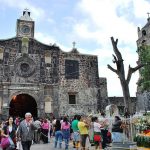
Nearest at 1.17 kms.

An 18th-century temple at one of Xochimilco's original settlements...
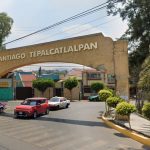
One of 14 original settlements in Xochimilco, this one is home to the UNAM Dept of Art and Design...
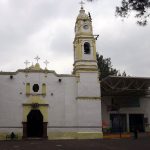
The parish church of San Gregorio Atlapulco, in Xochimilco...
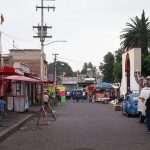
One of Xochimilco's most famous and charming farm towns...
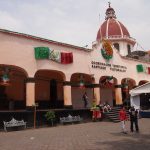
One of the most important of the Chinampa Towns in Mexico City's east...